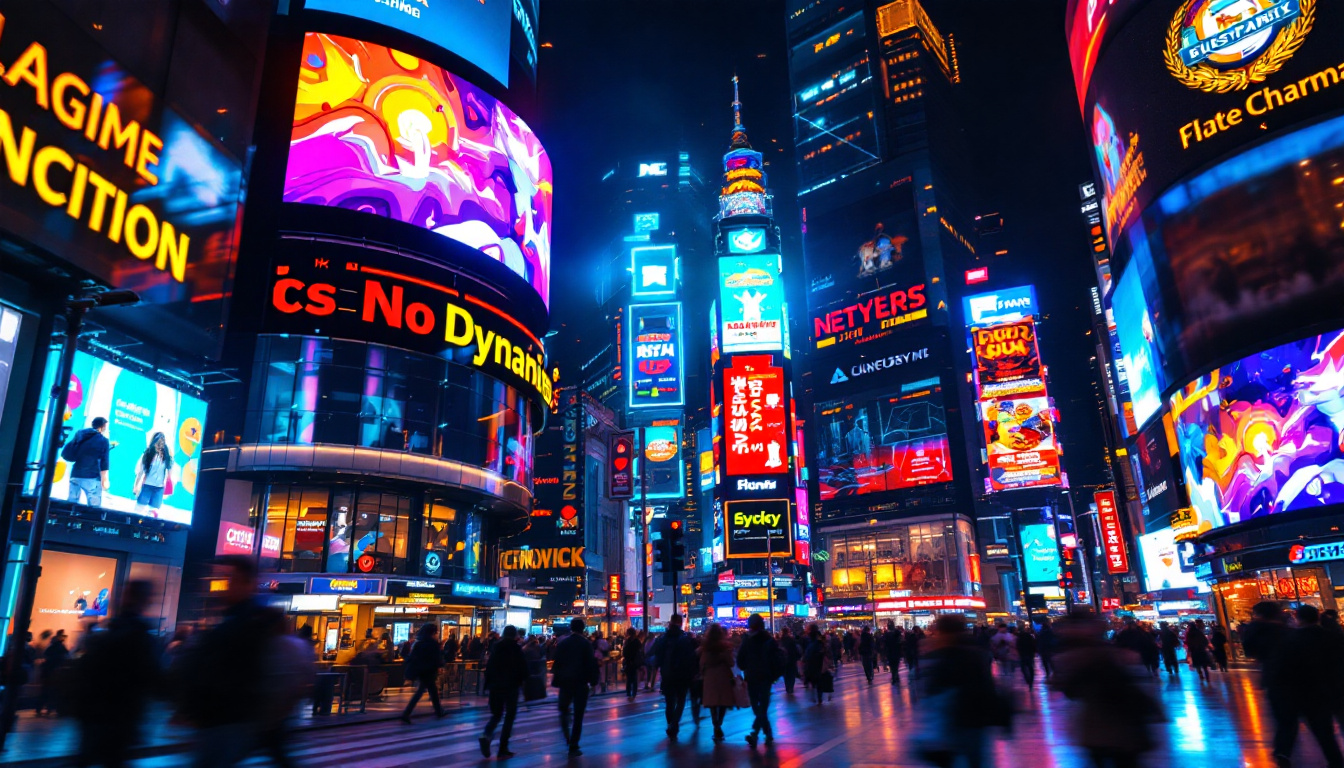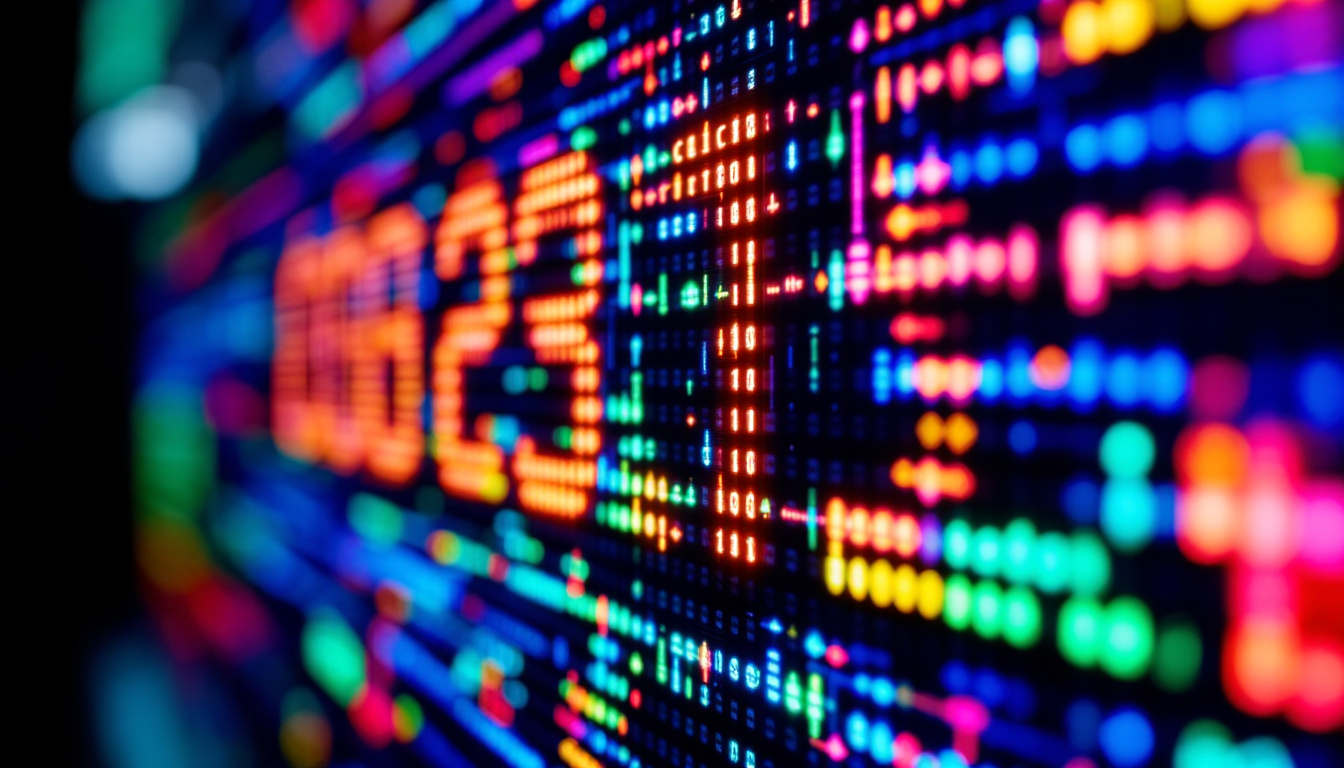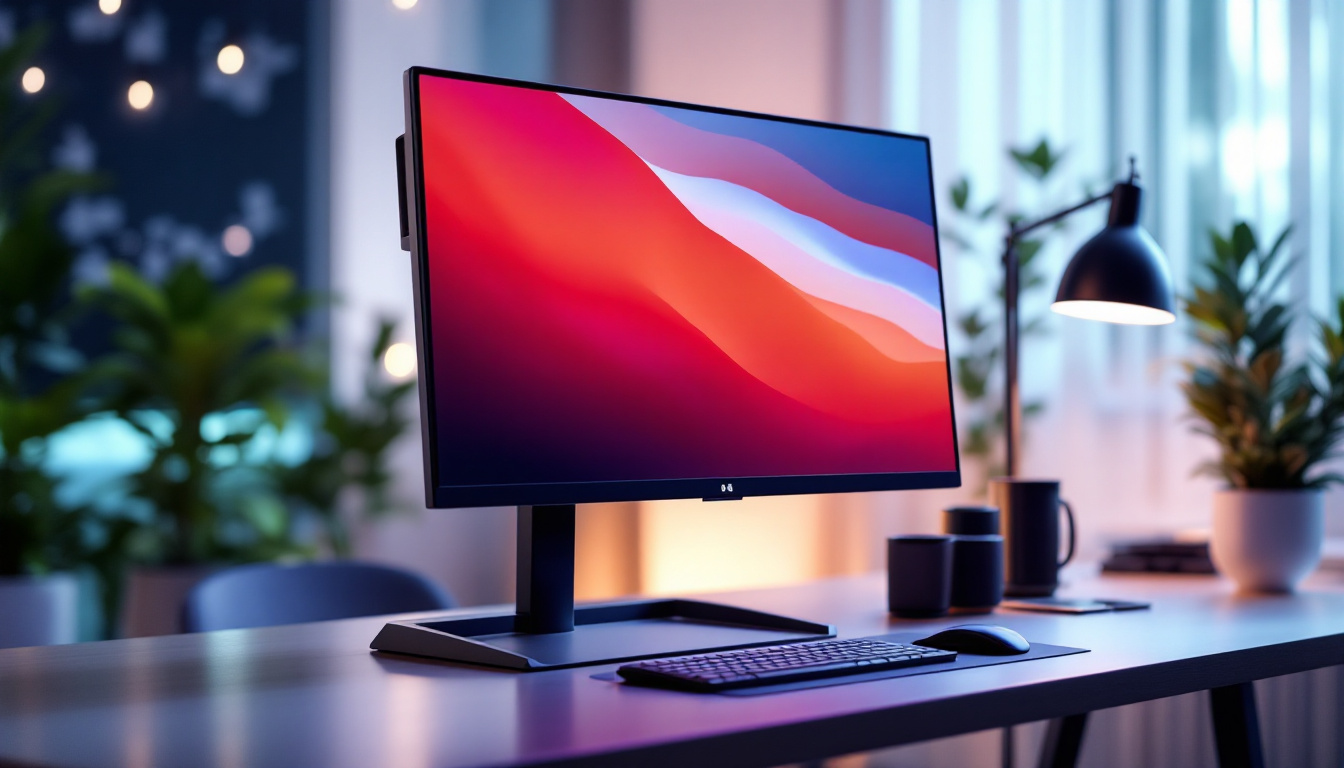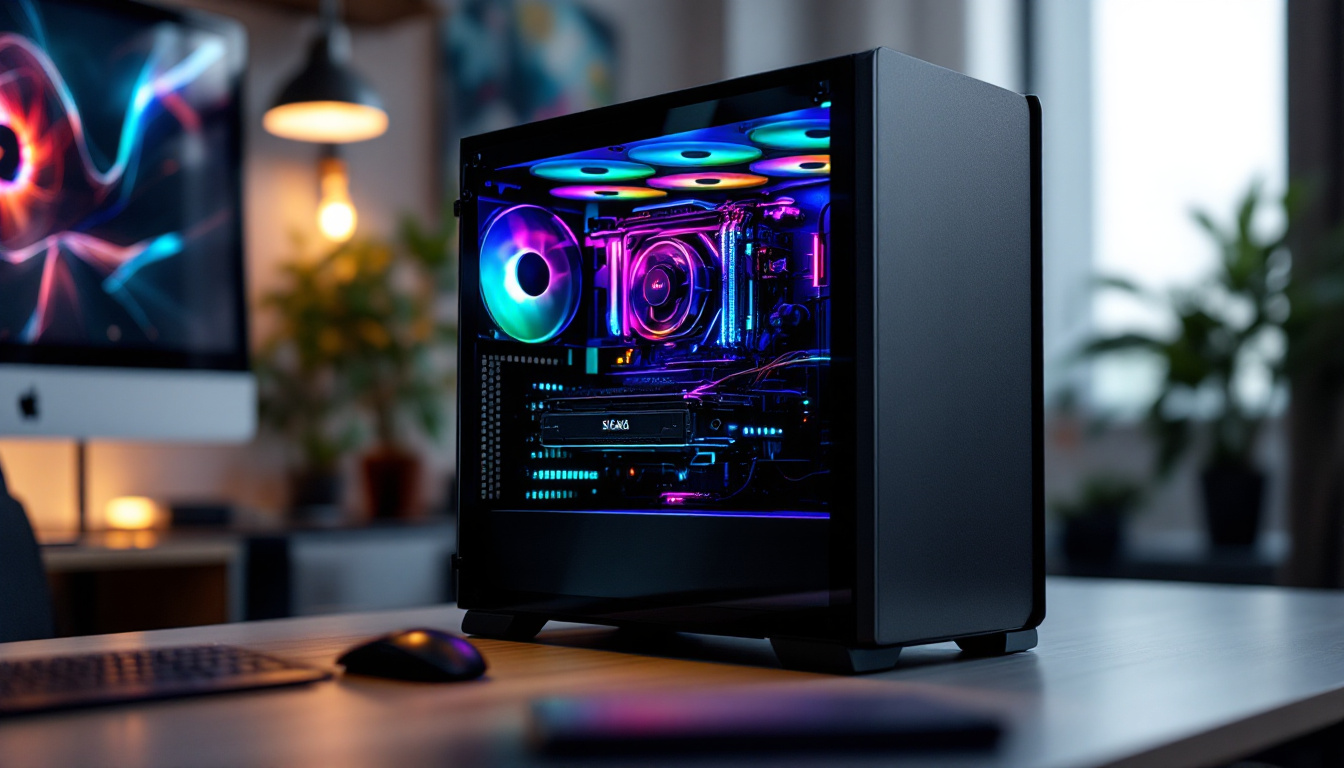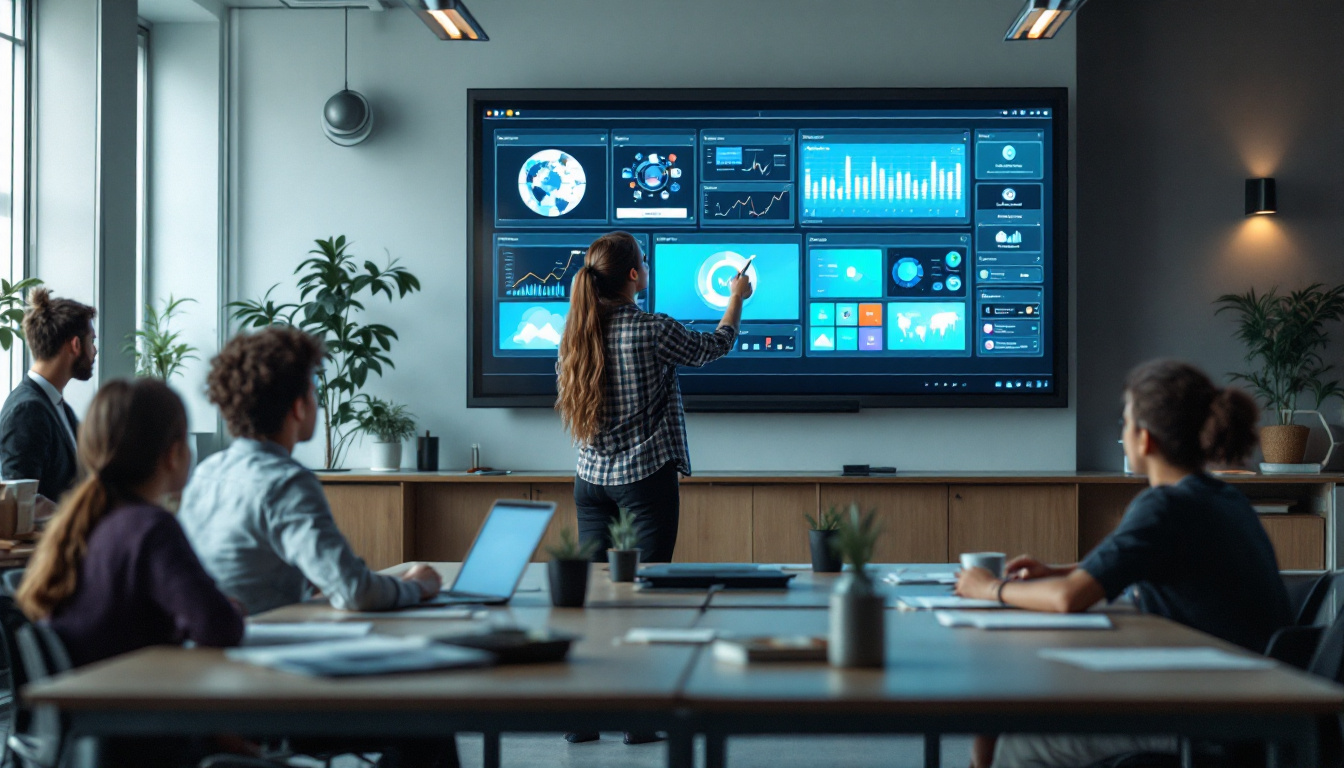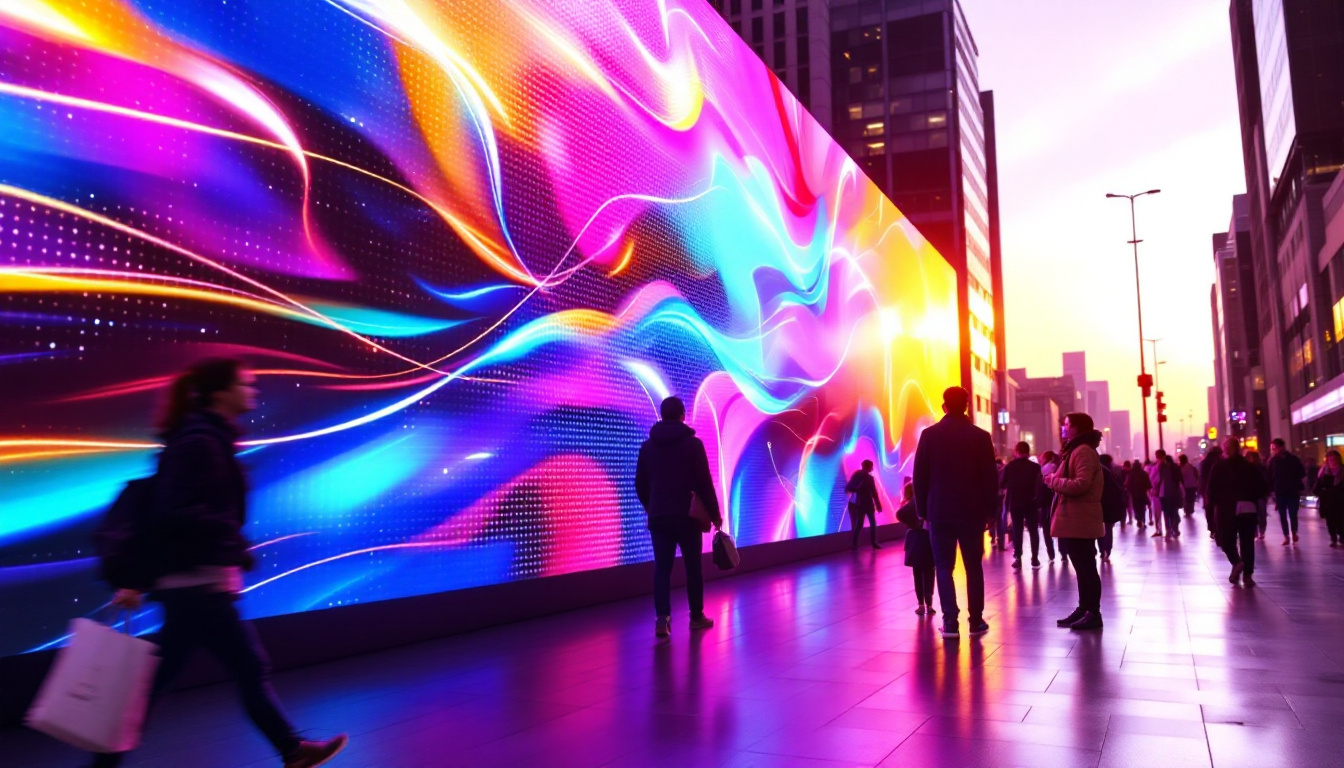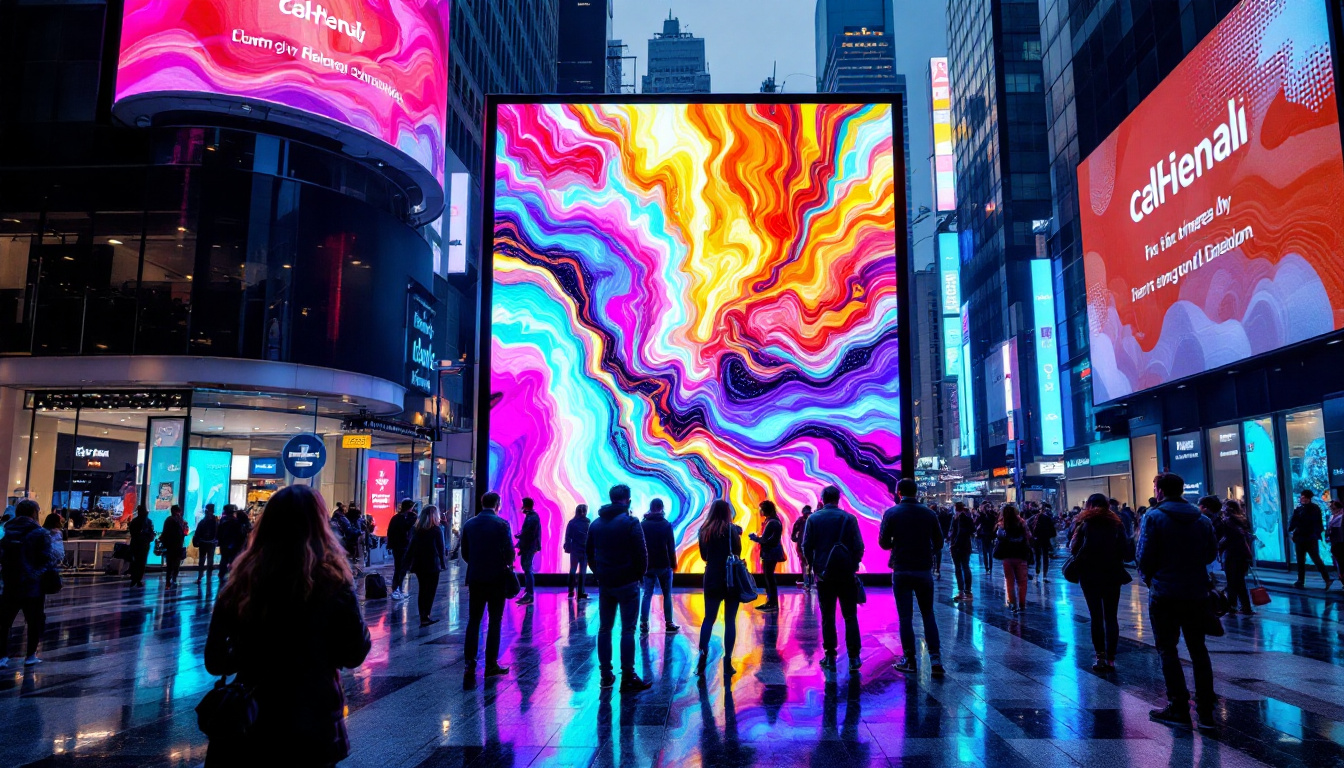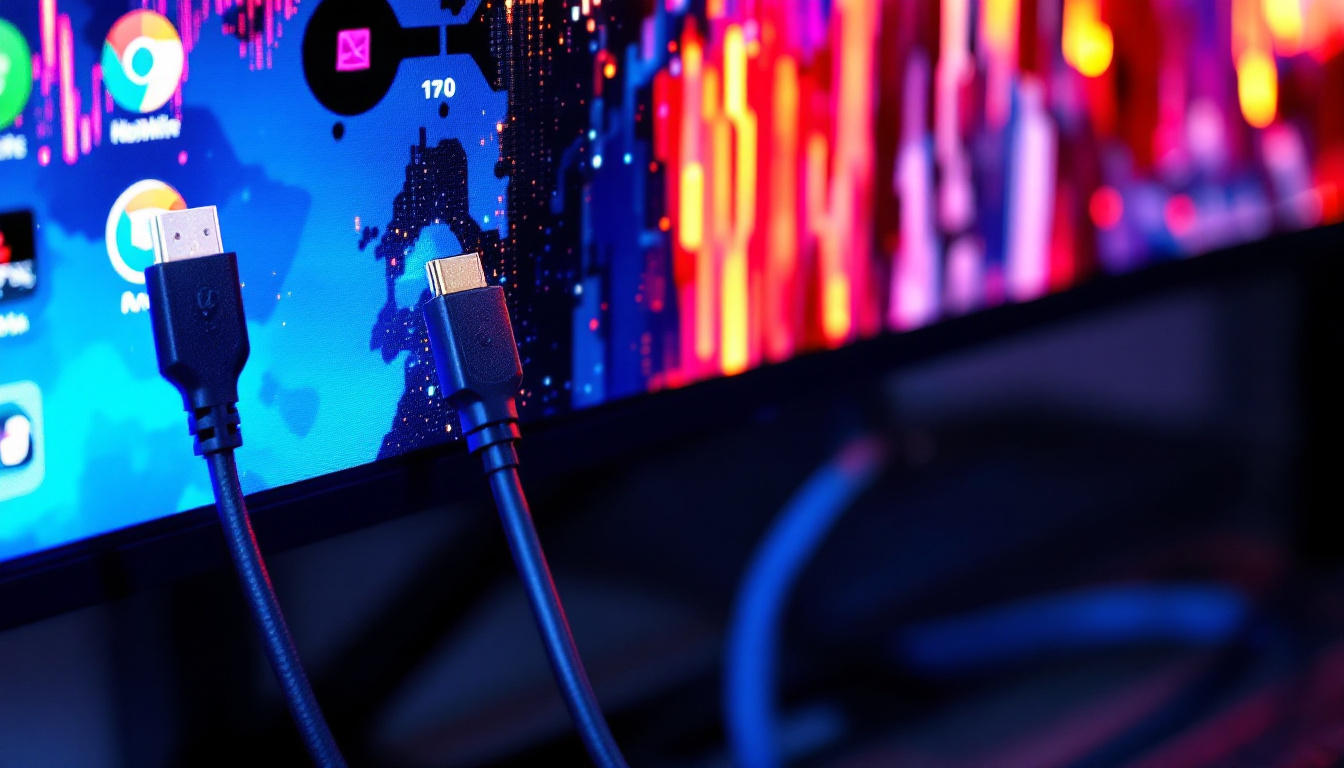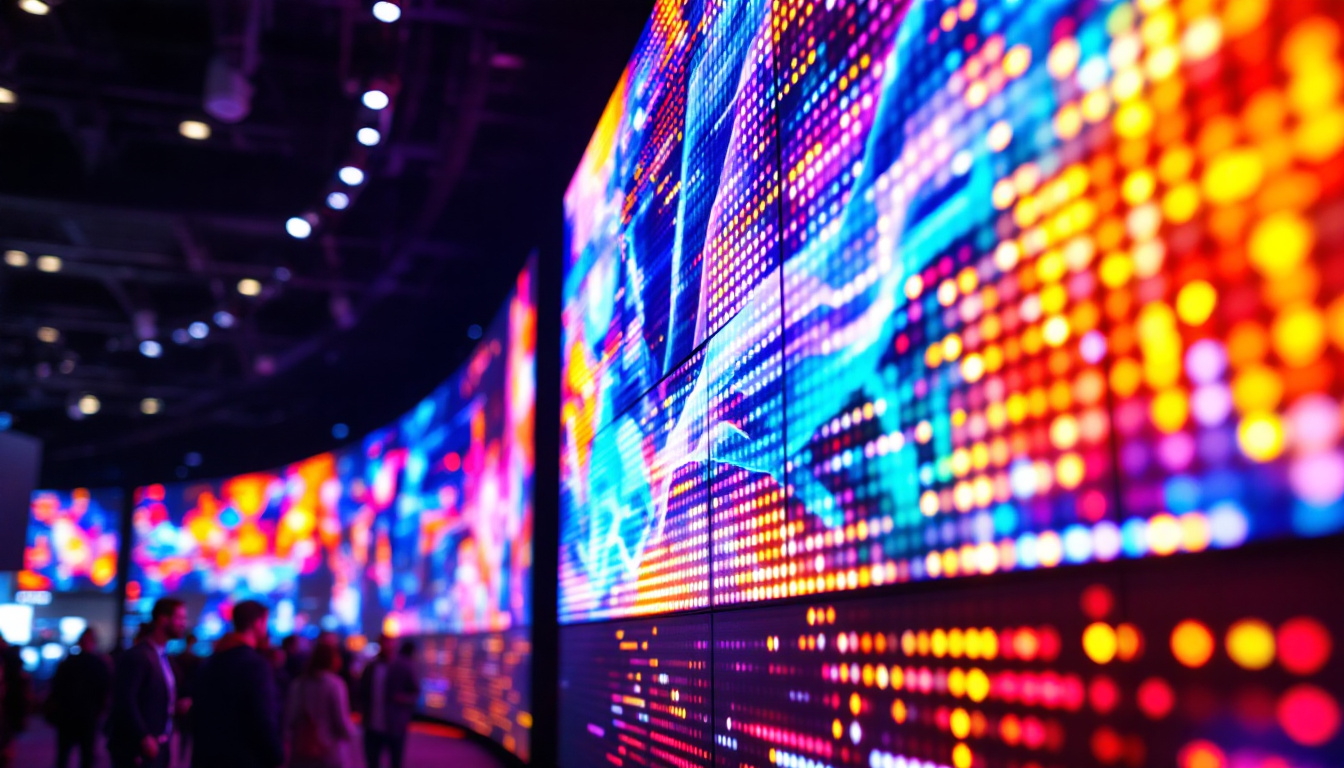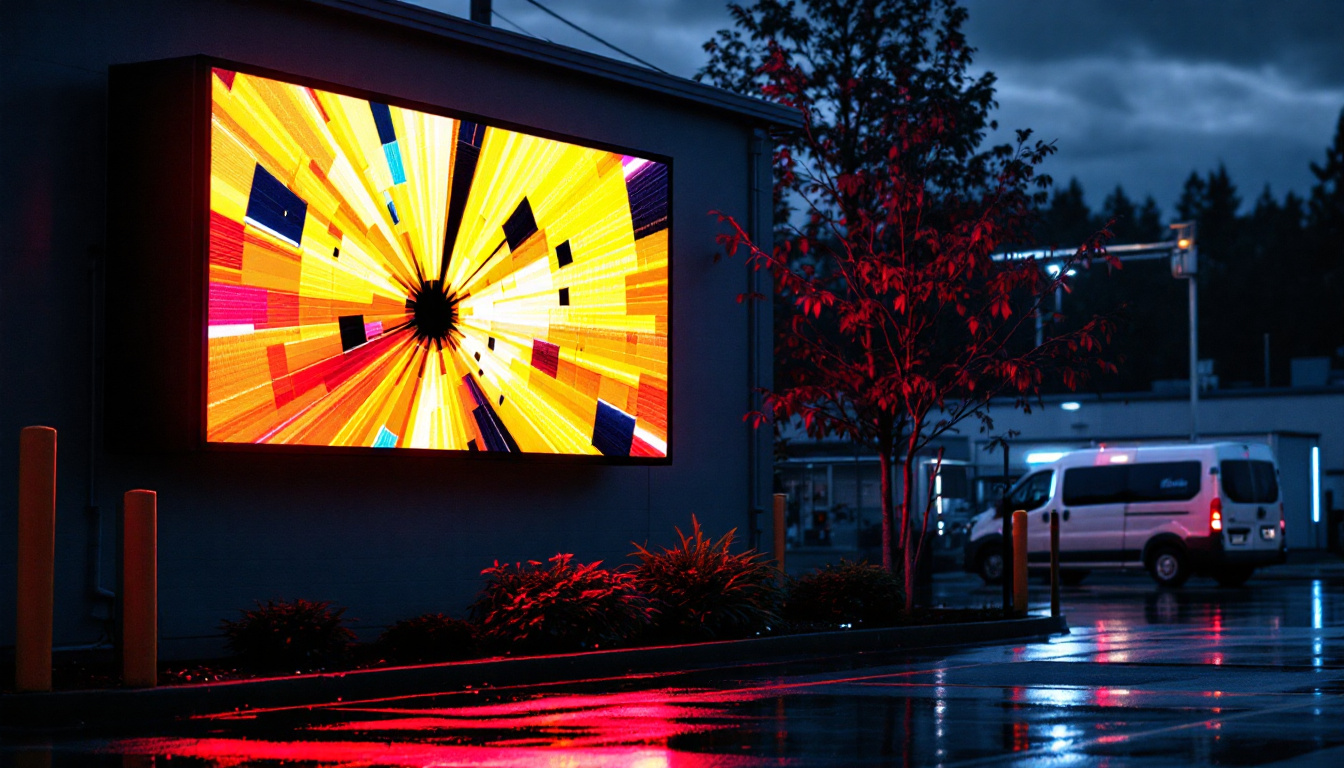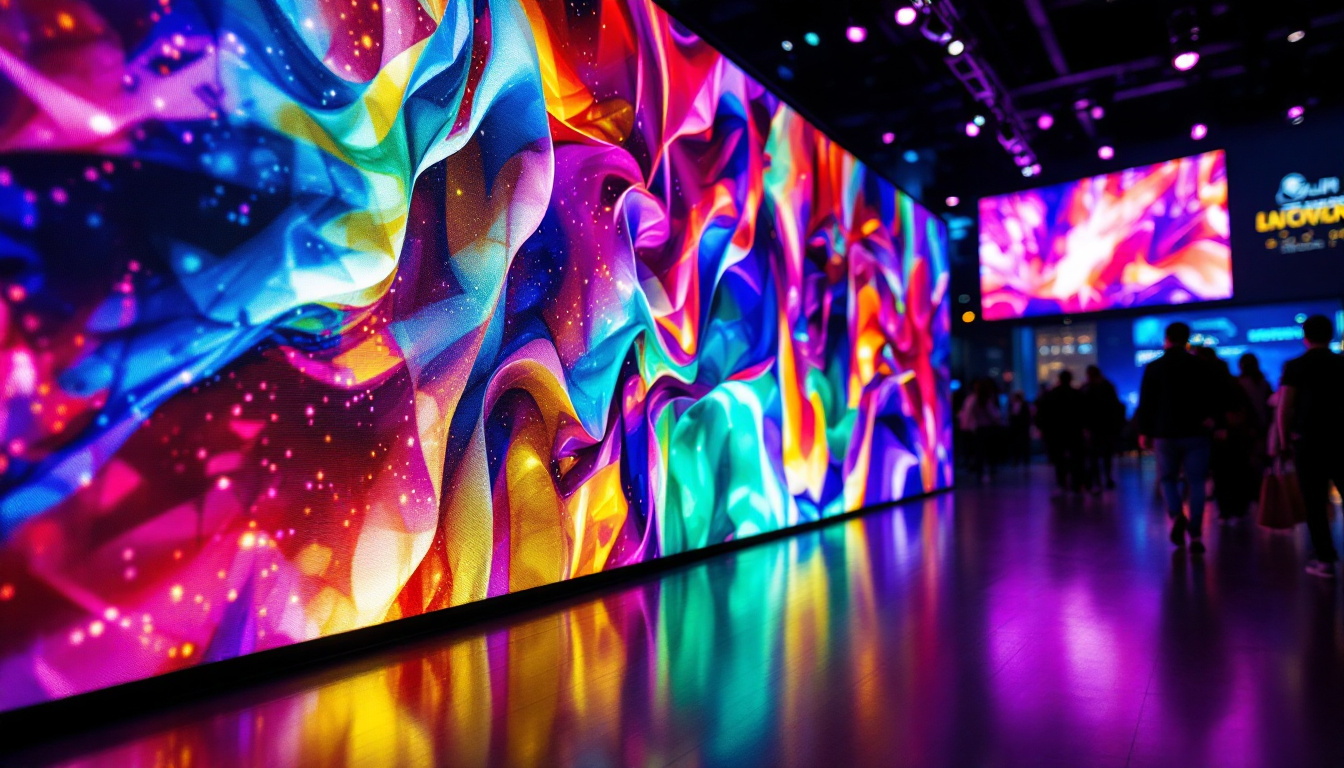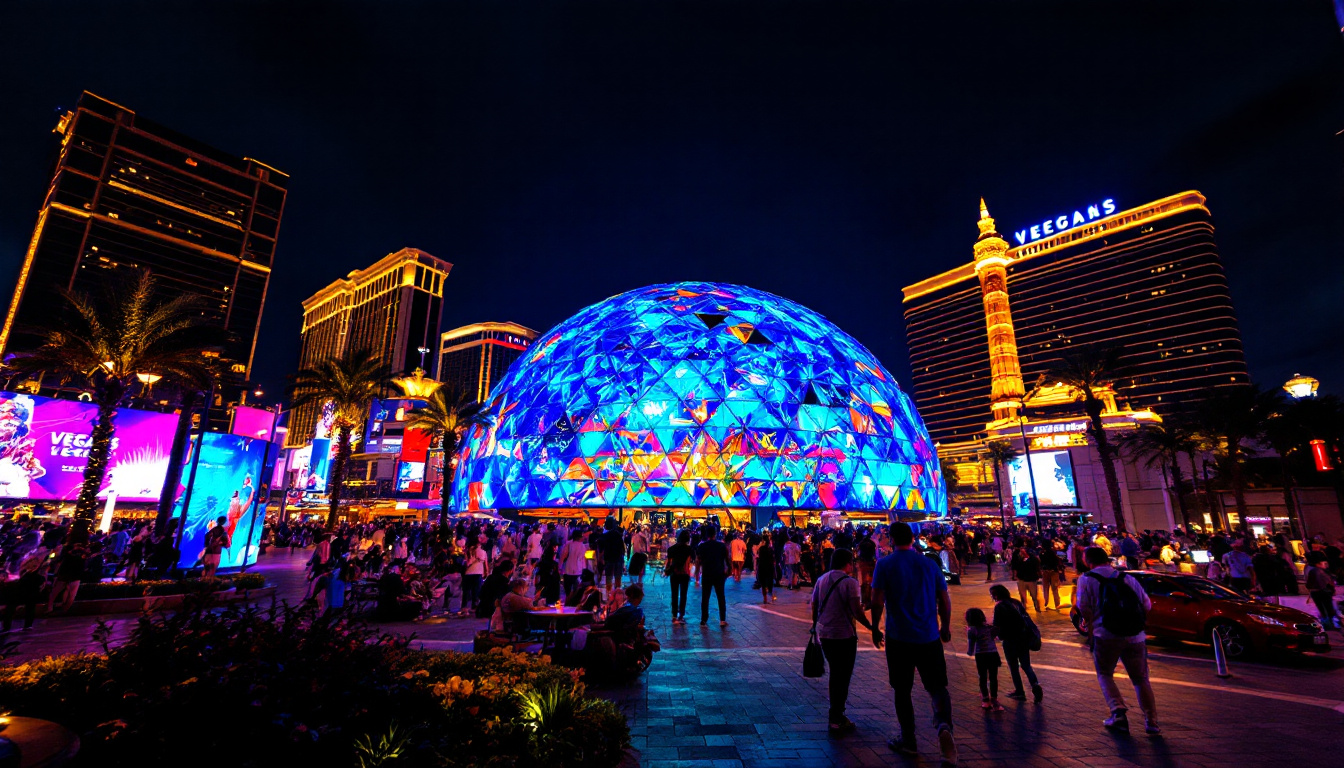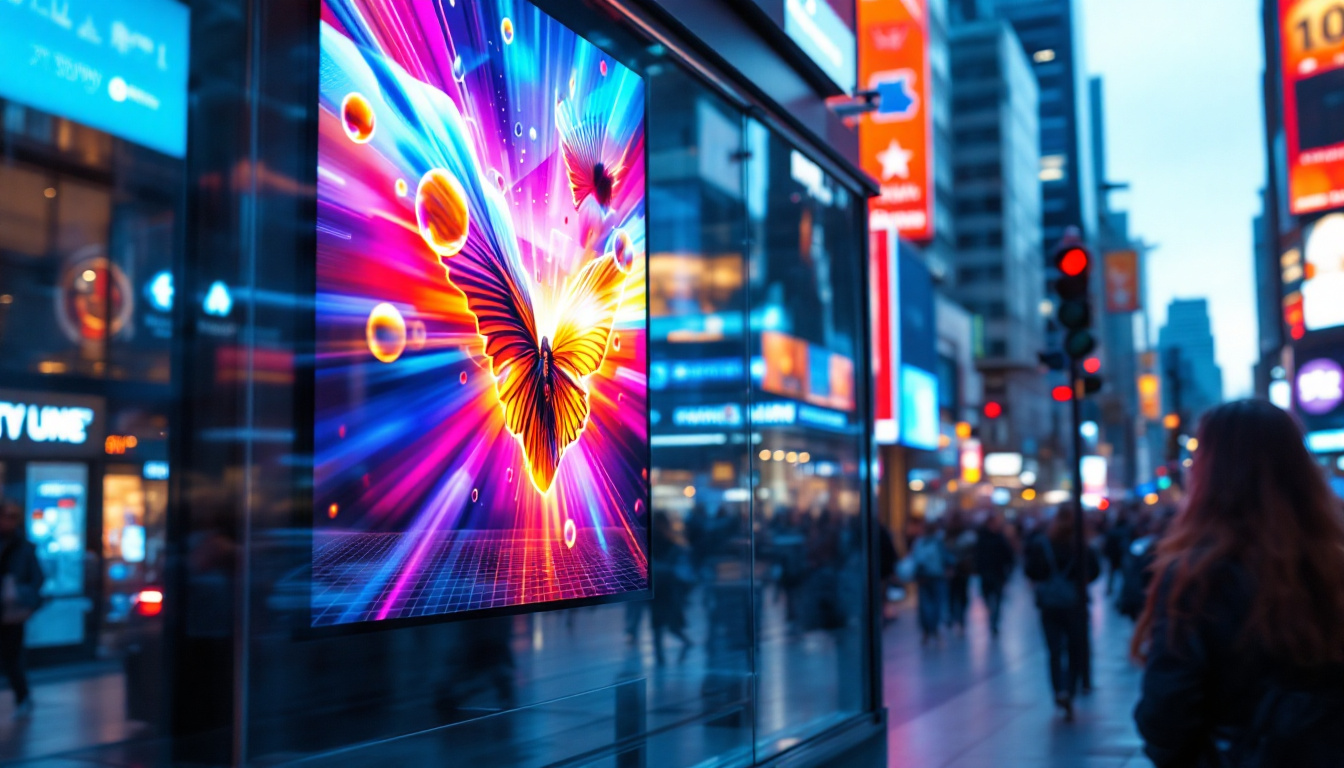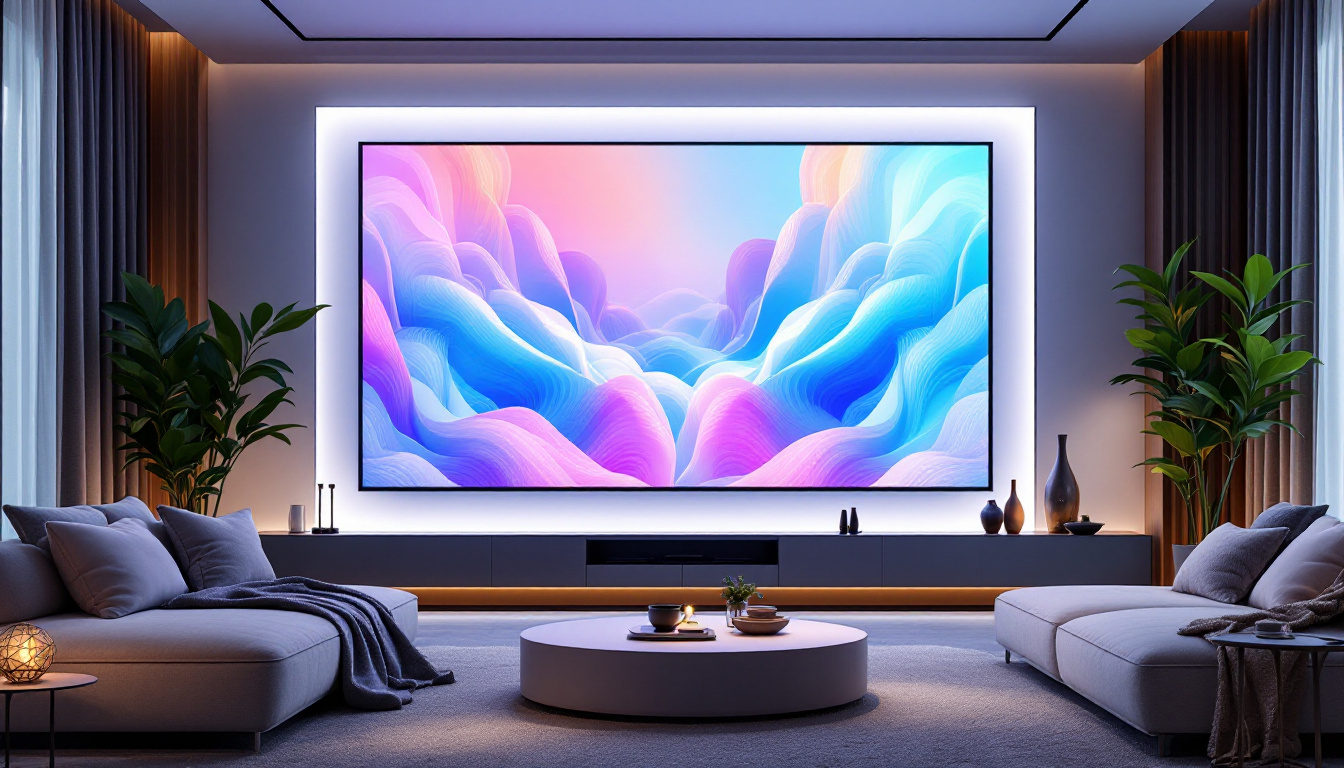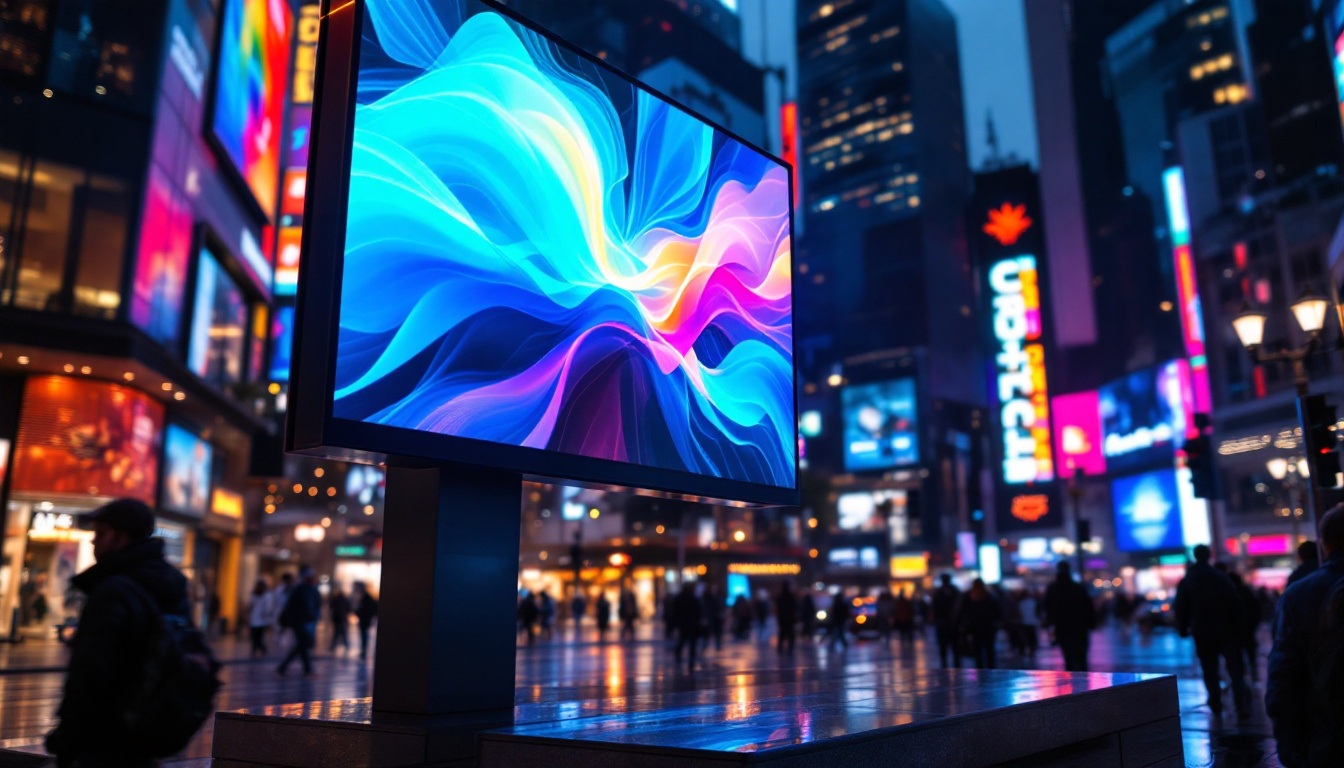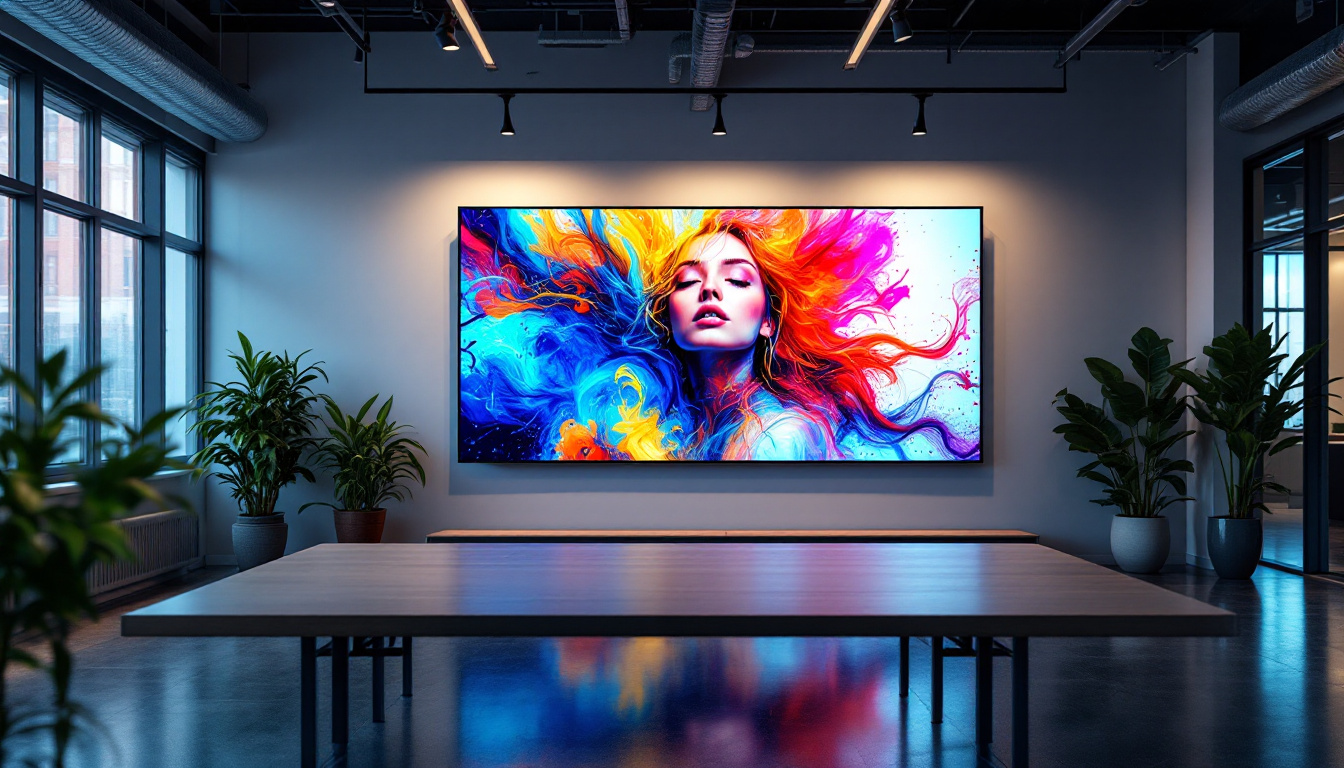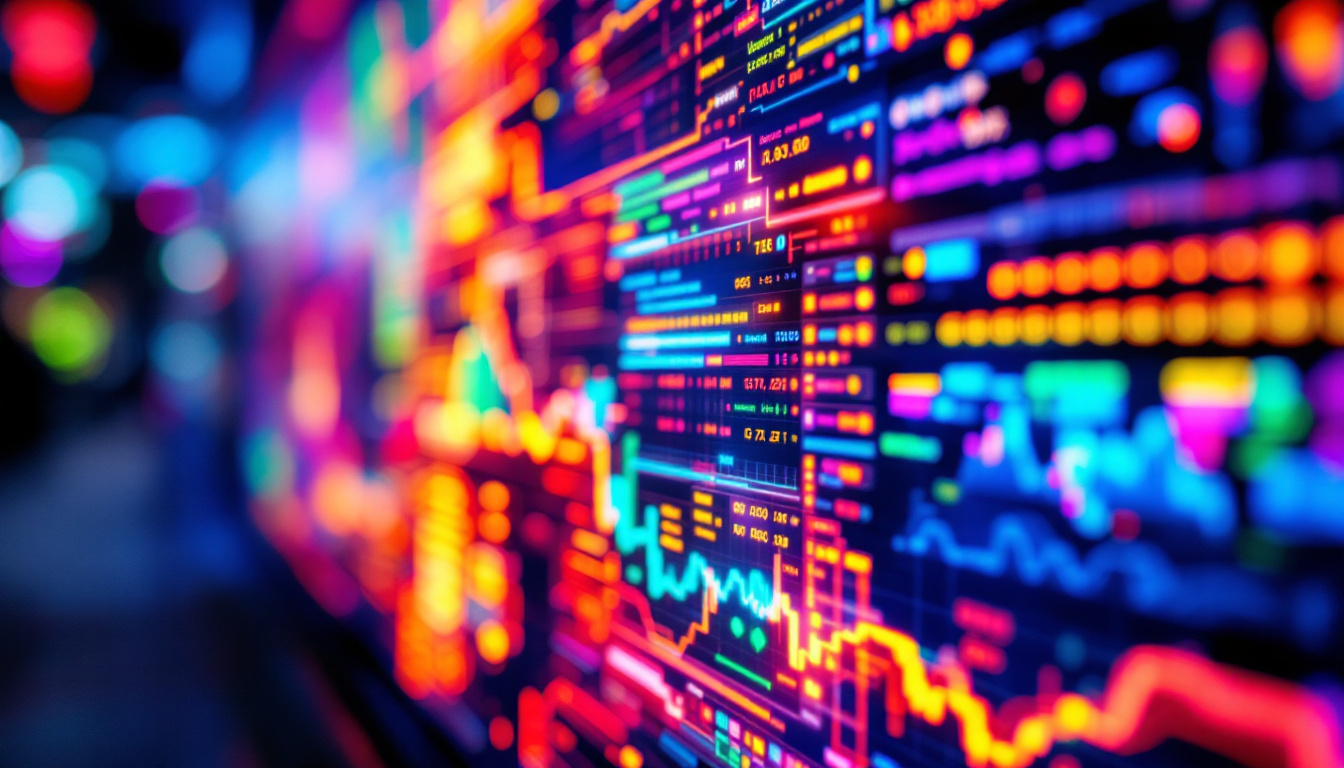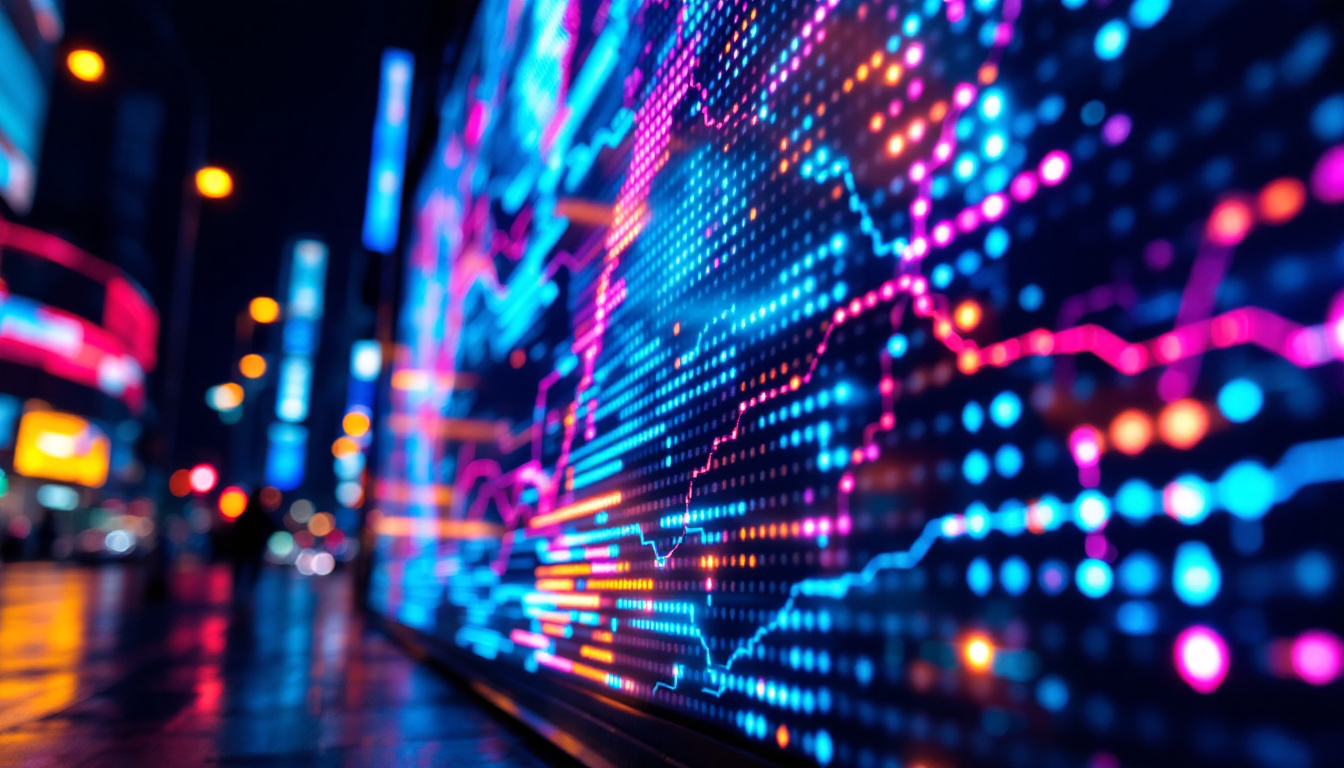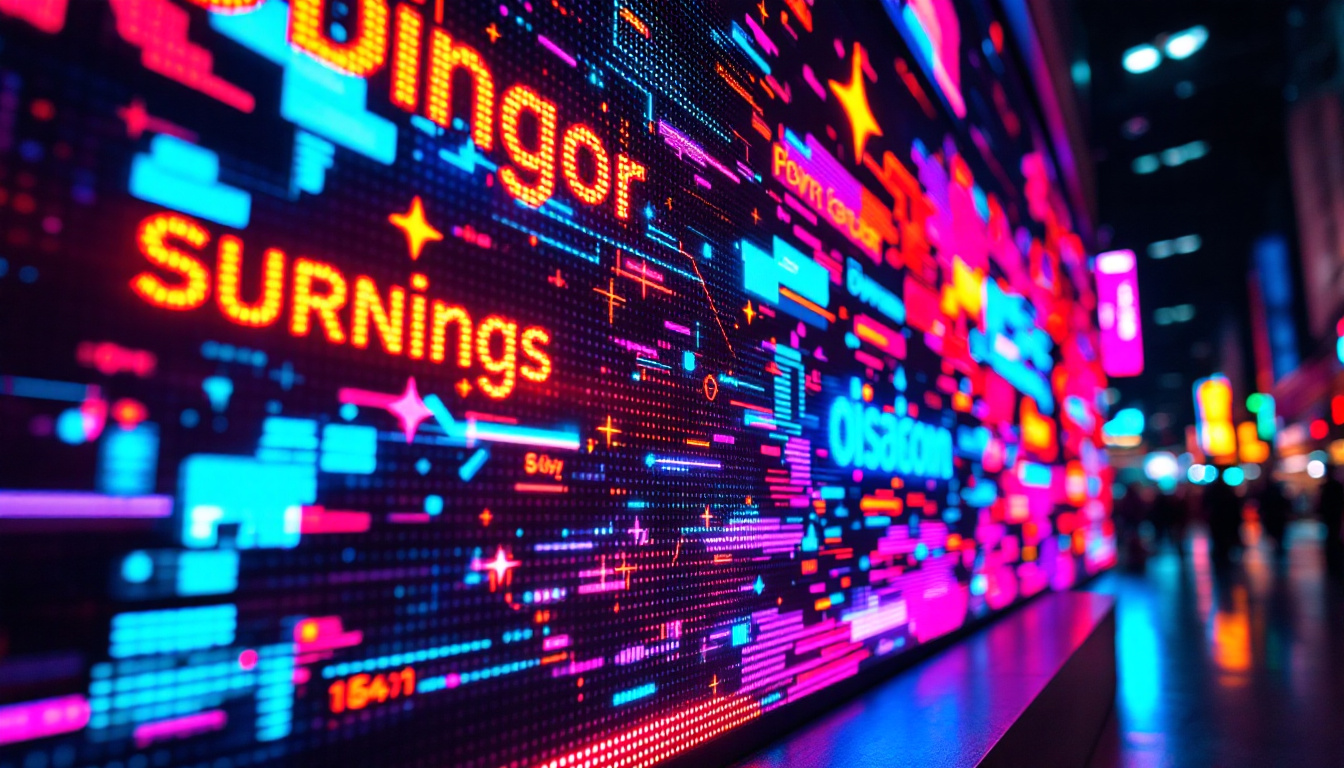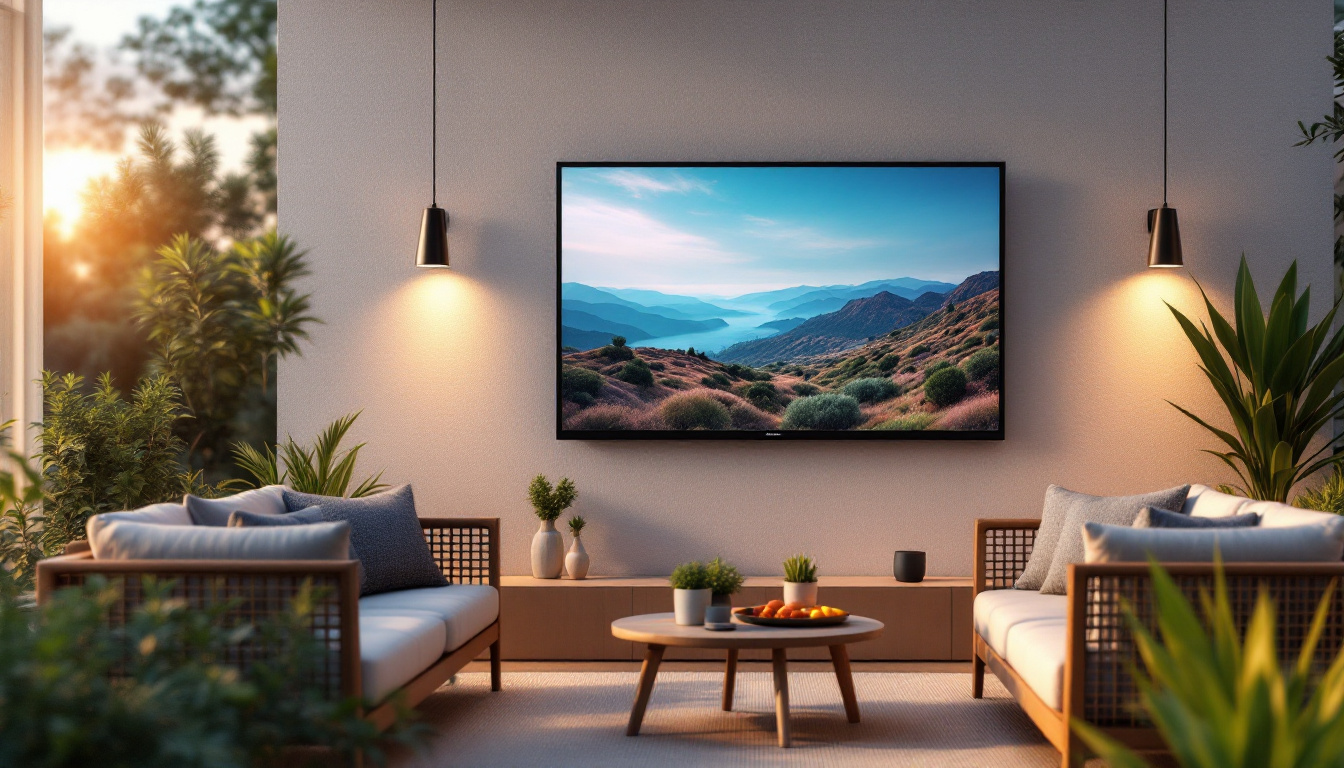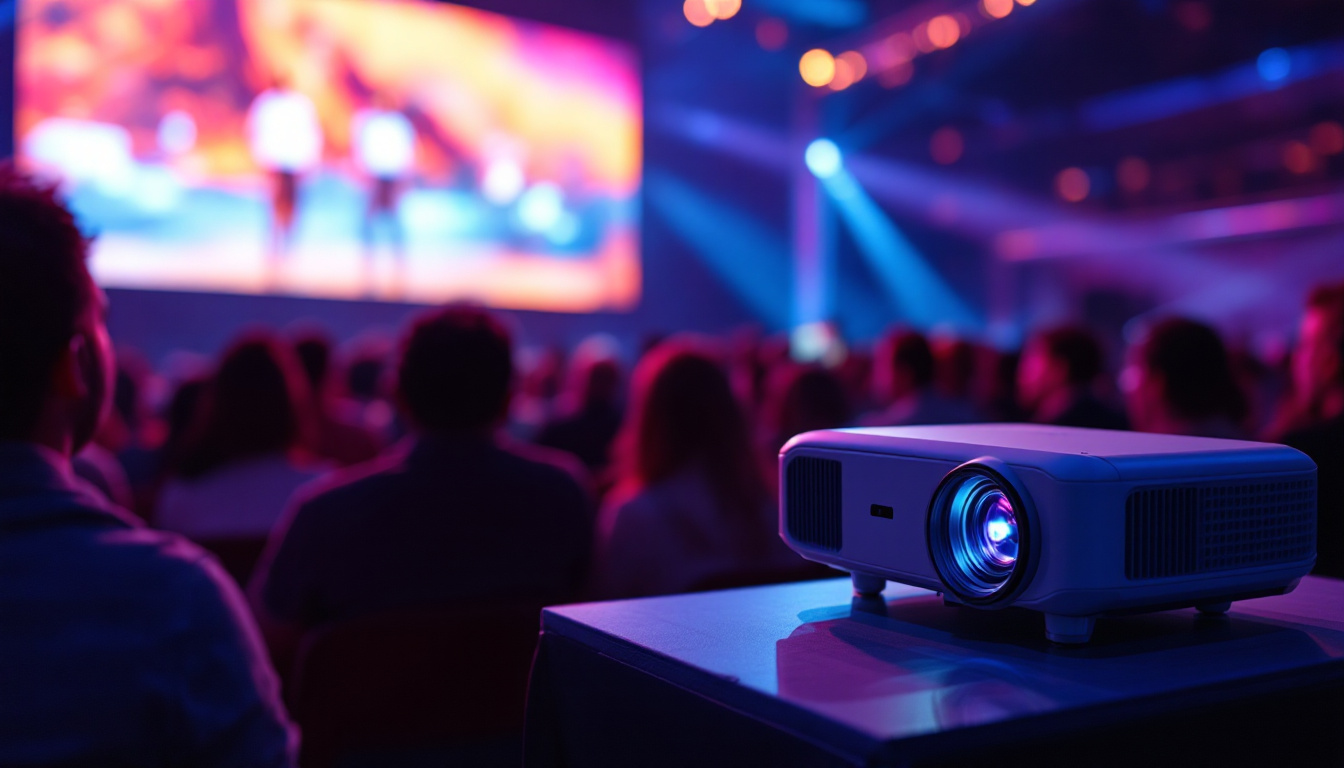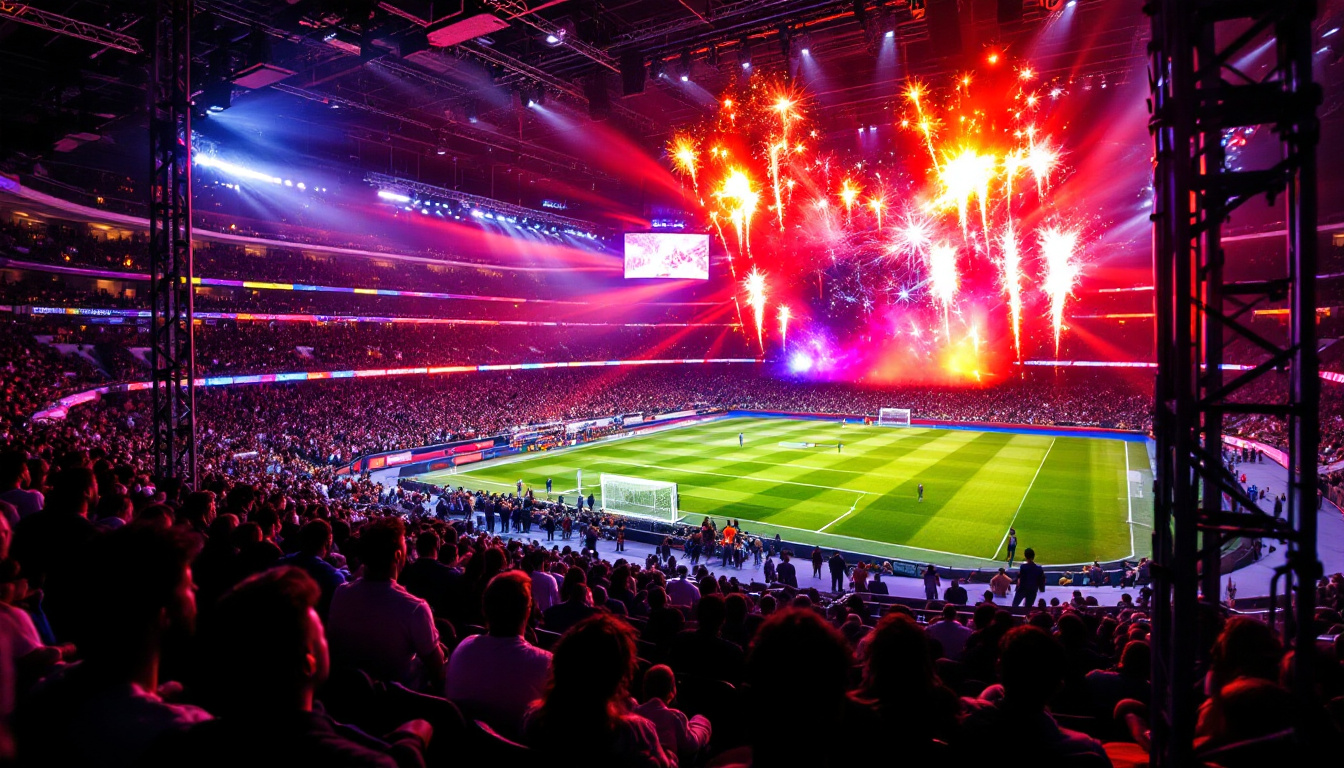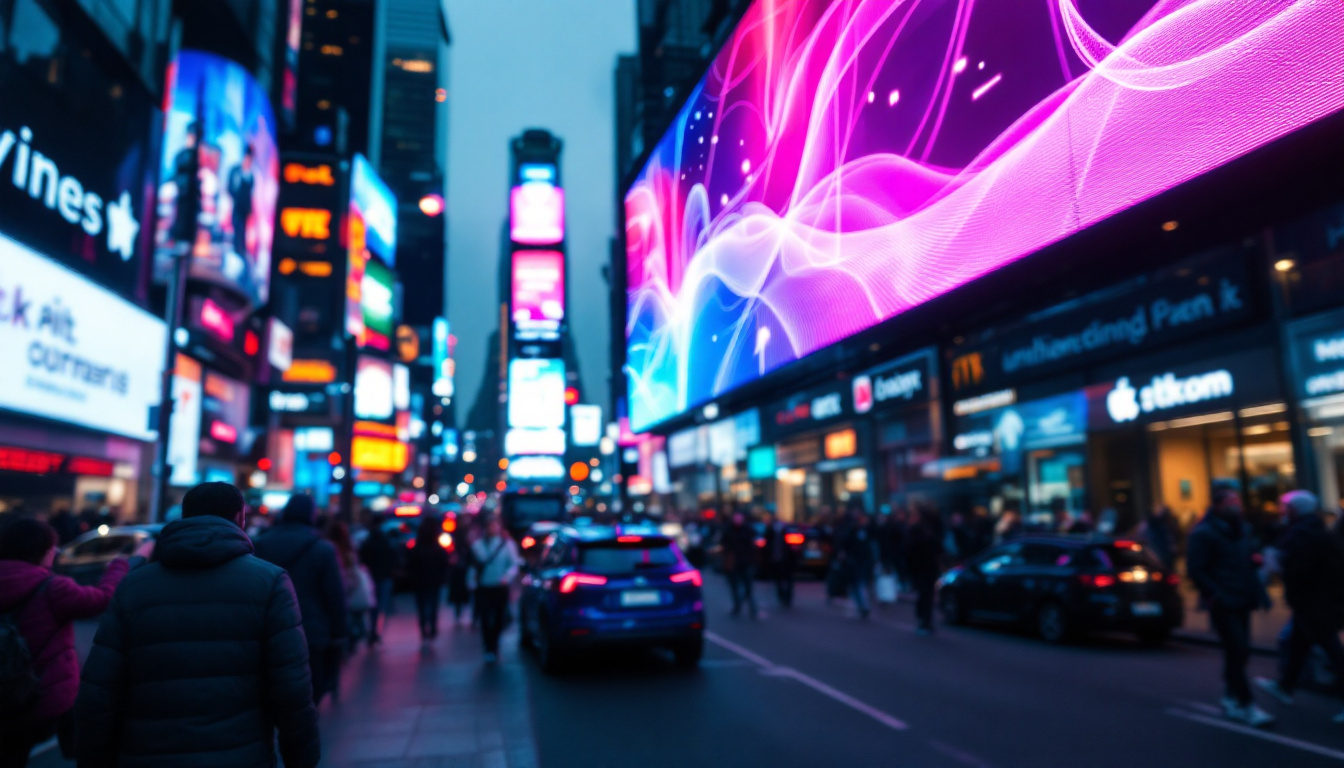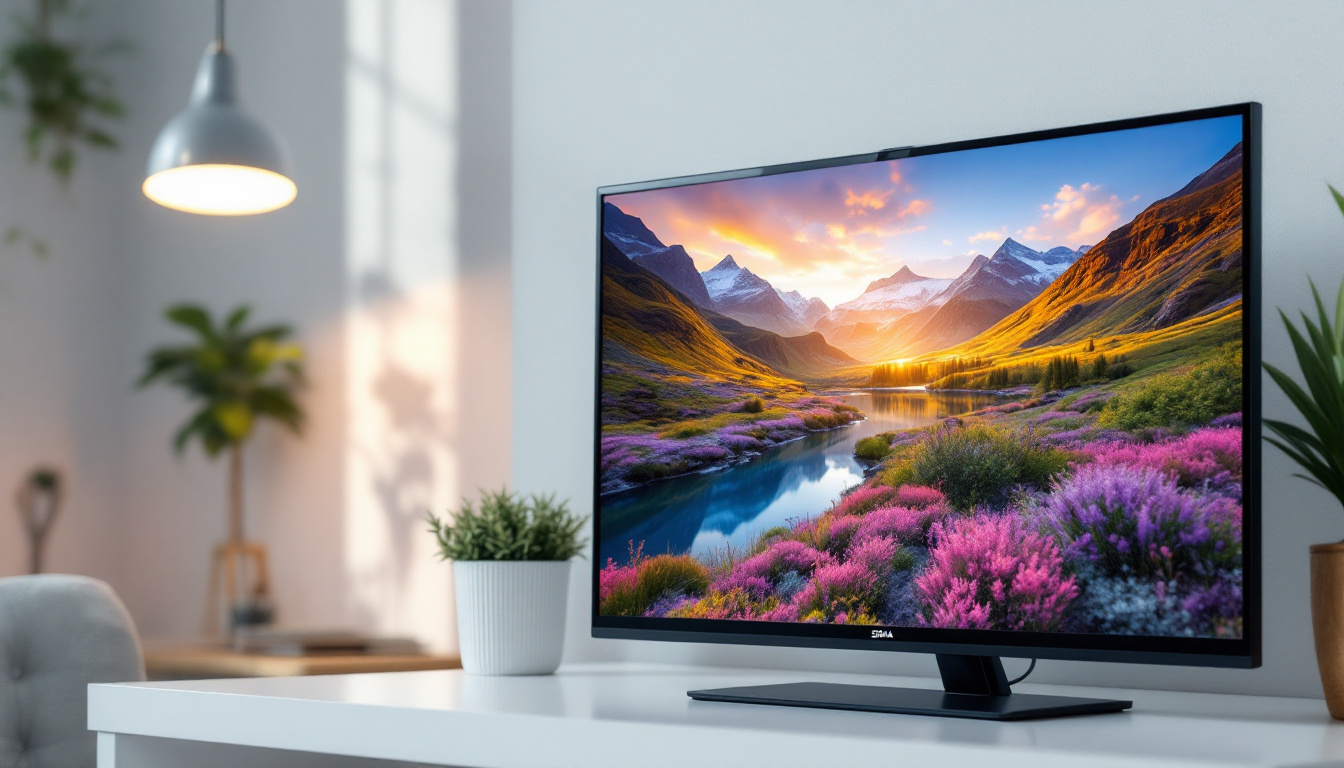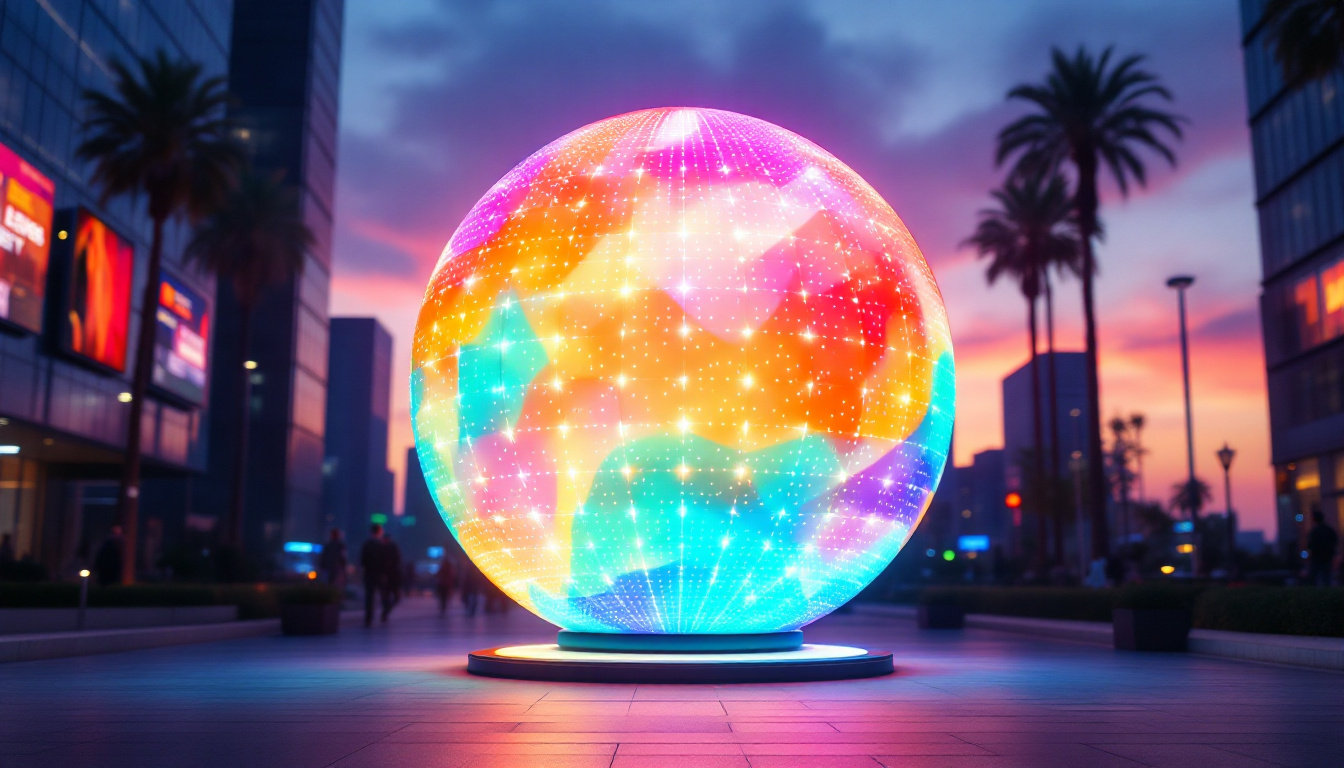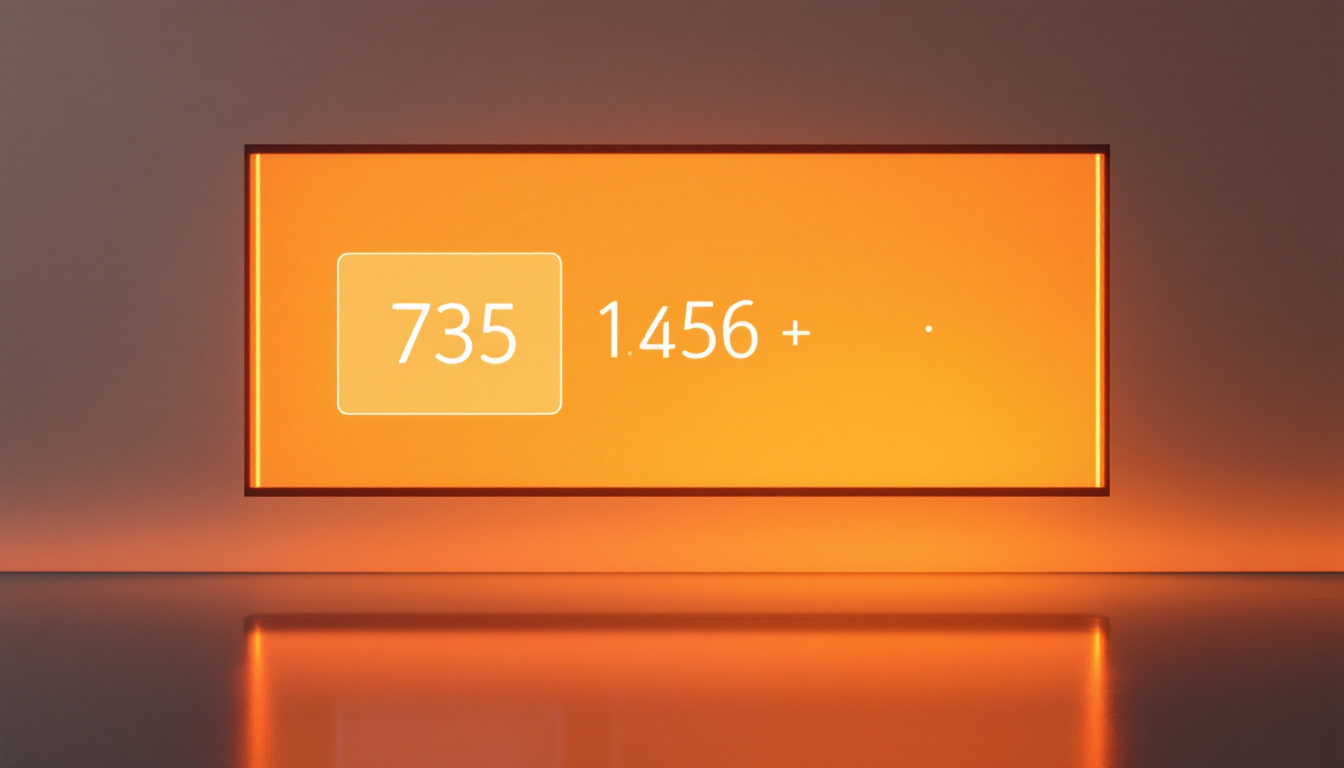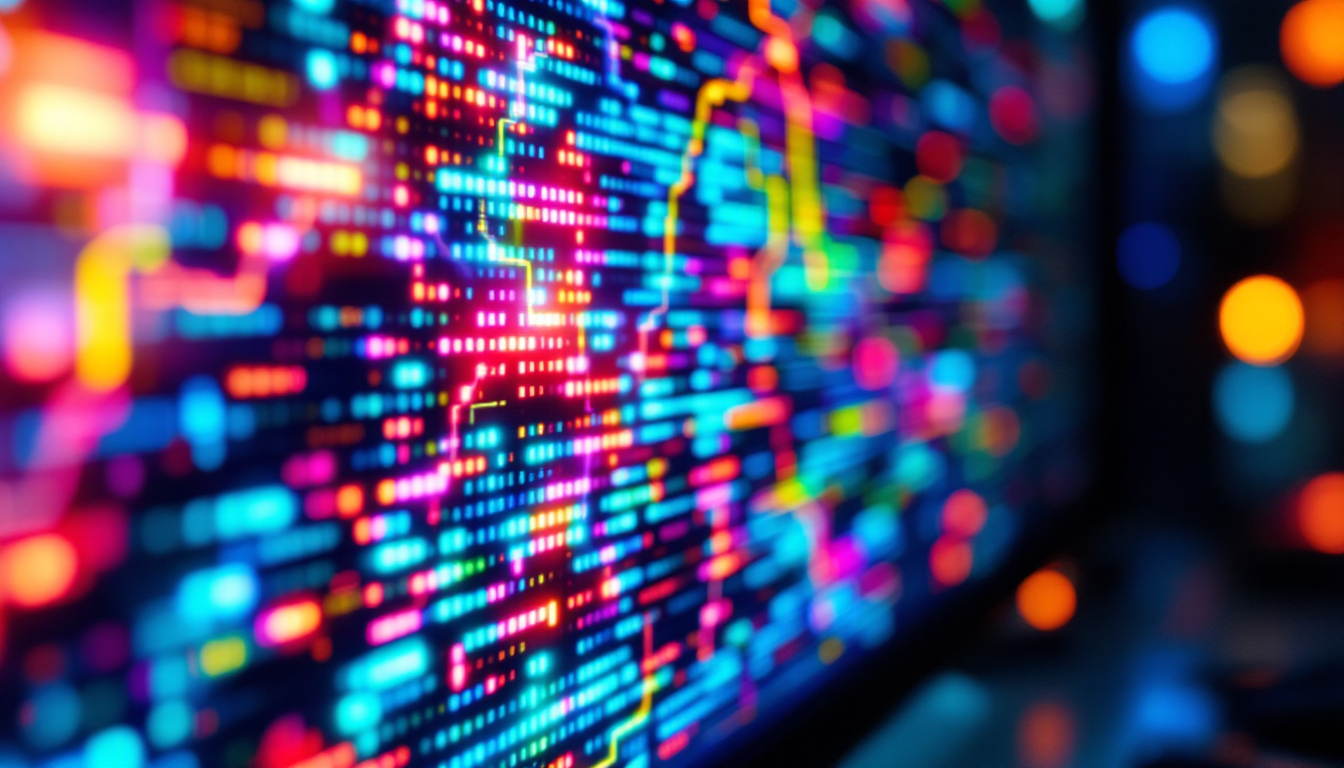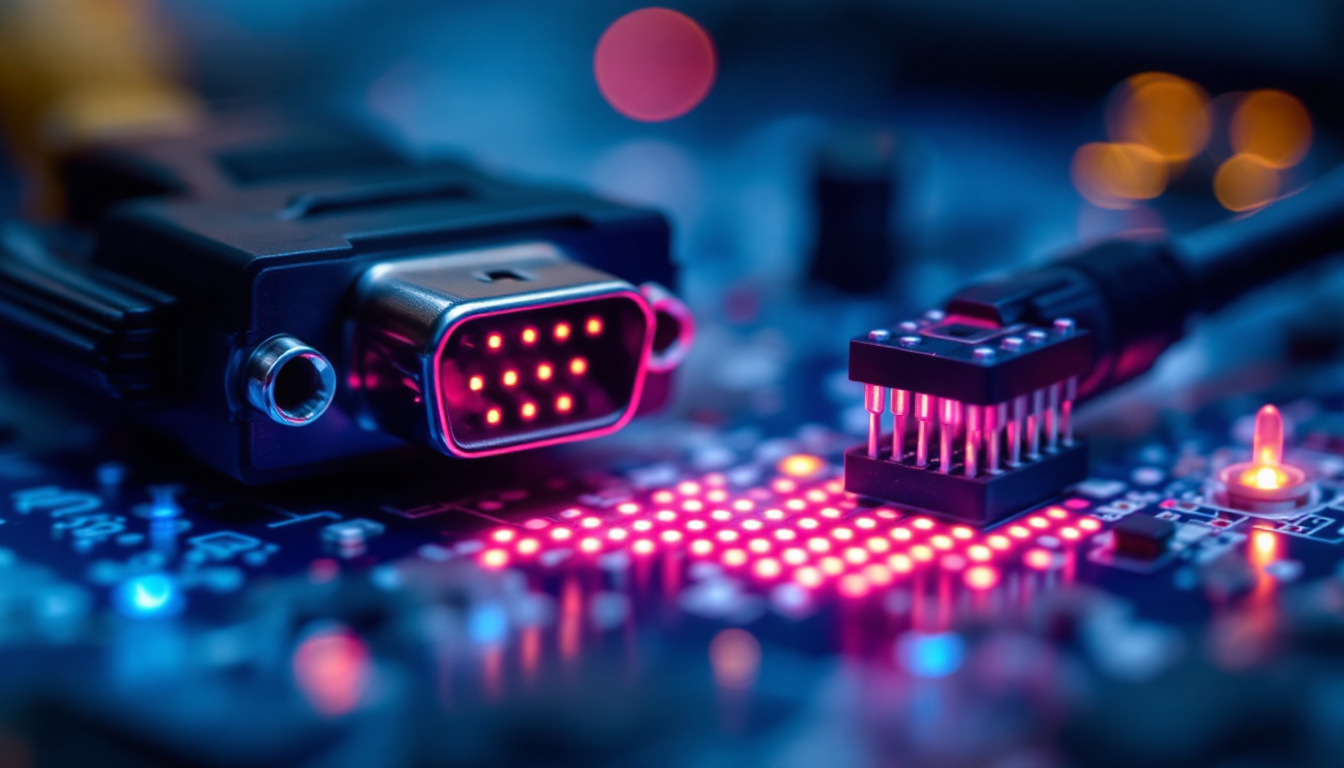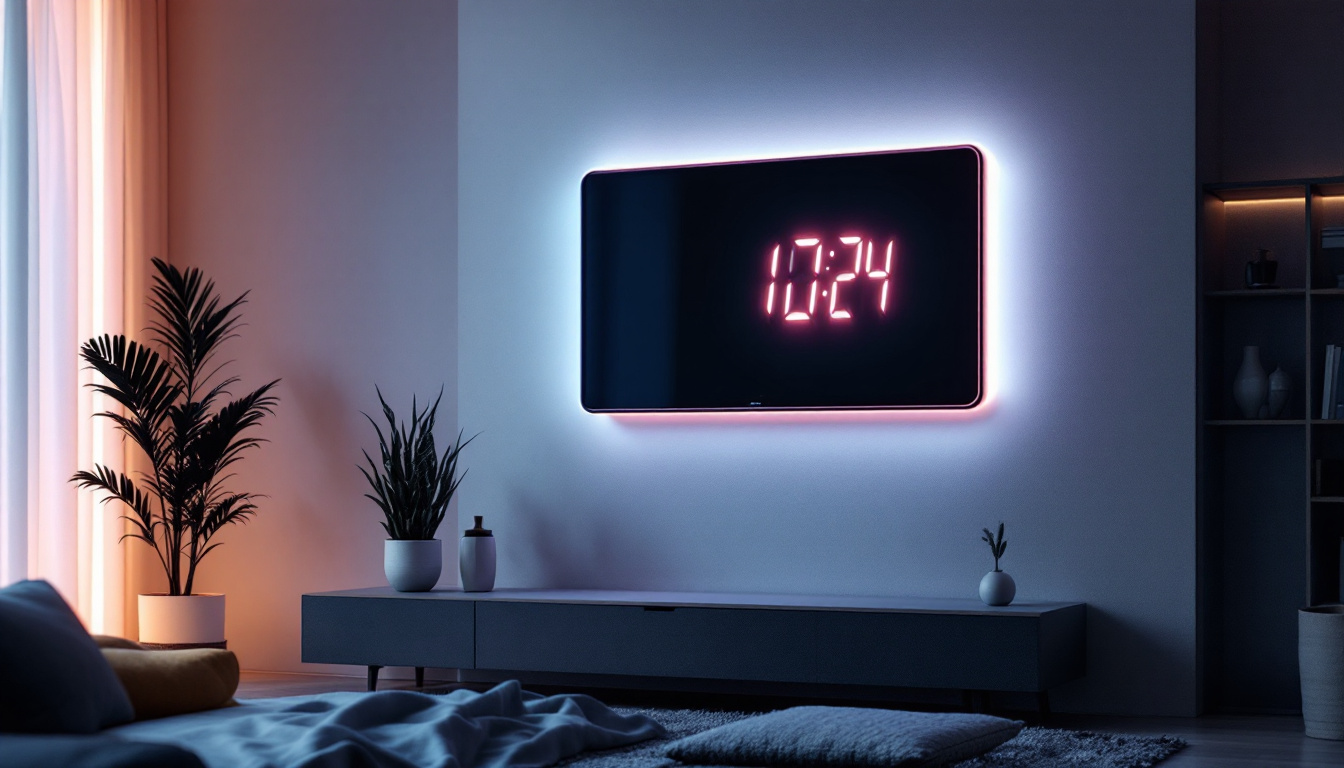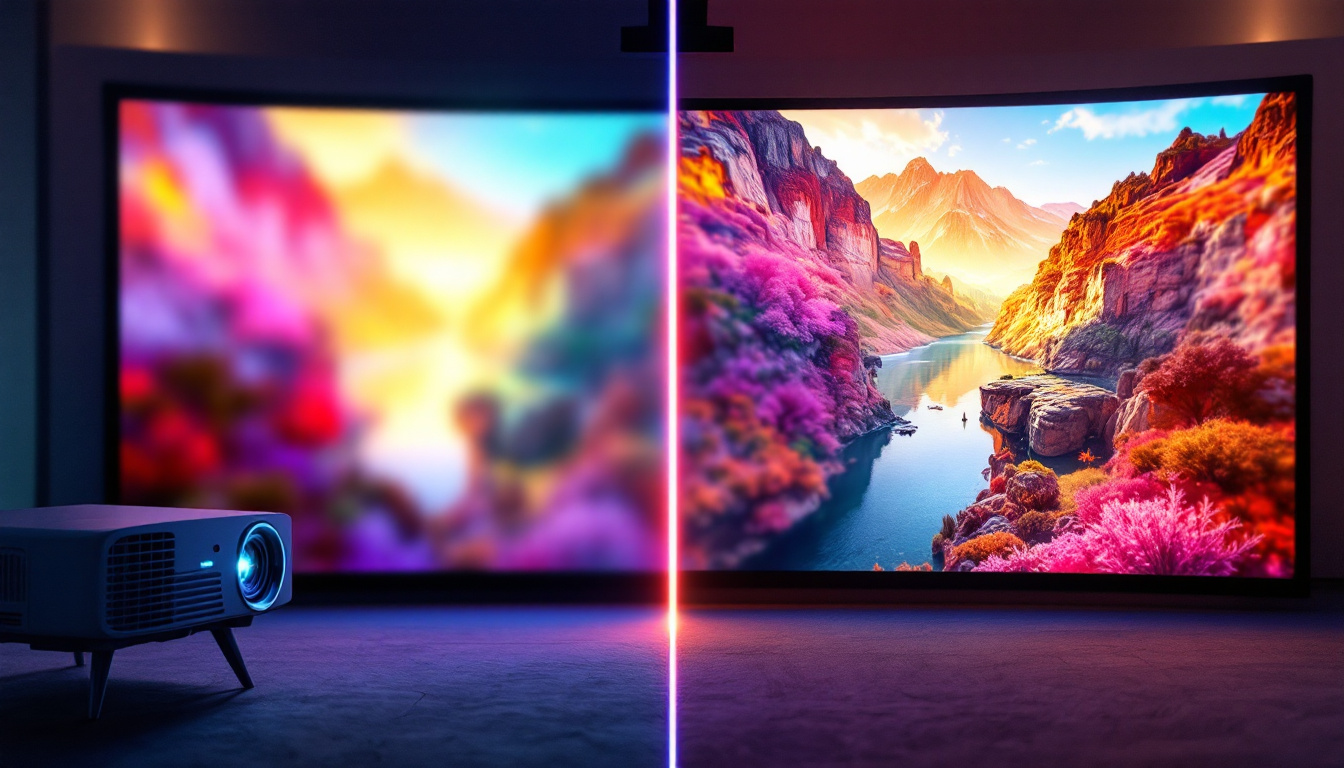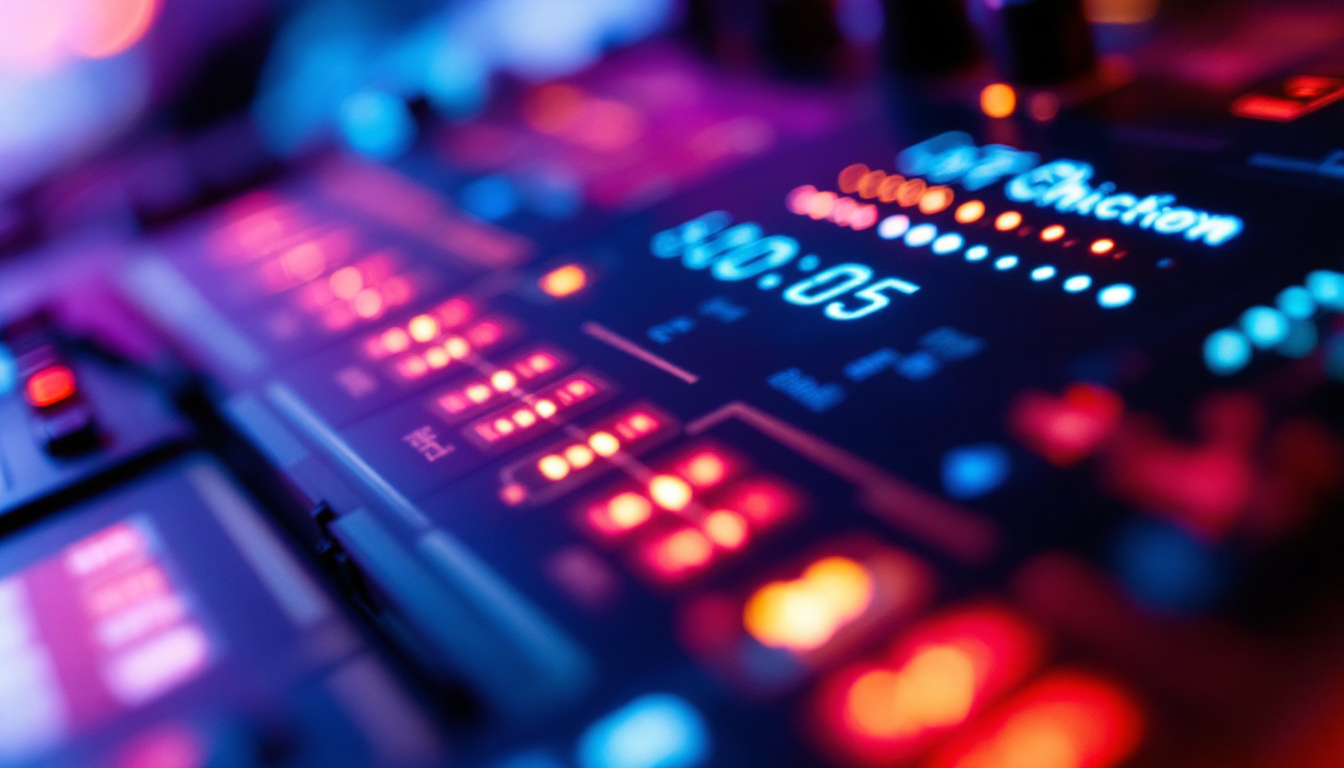In an era where visual communication is paramount, LED display boards have emerged as a powerful tool for conveying information. These boards are not just about bright lights and colors; they represent a convergence of technology, design, and functionality. This article delves into the intricacies of LED display boards, exploring their types, applications, advantages, and the technology behind them.
Understanding LED Display Technology
LED displays utilize light-emitting diodes (LEDs) to produce images and videos. The technology has evolved significantly over the years, leading to various types of displays that cater to different needs and environments. From large-scale advertising billboards to small screens in smartphones, LED technology has become an integral part of our visual experience.
How LED Displays Work
At the core of LED display technology is the LED itself, a semiconductor device that emits light when an electric current passes through it. These displays are made up of numerous tiny LEDs arranged in a grid, which can be controlled individually to create a wide range of colors and images. The brilliance of LED technology lies in its ability to produce bright, vivid colors with high energy efficiency.
Each pixel on an LED display consists of red, green, and blue (RGB) LEDs. By adjusting the intensity of each color, the display can produce millions of color combinations, allowing for vibrant and dynamic visuals. The resolution of an LED display is determined by the pixel pitch, which is the distance between the centers of two adjacent pixels. A smaller pixel pitch results in higher resolution and better image quality. Furthermore, advancements in technology have led to the development of high dynamic range (HDR) displays, which enhance contrast and color accuracy, providing an even more immersive viewing experience.
Types of LED Displays
LED displays come in various forms, each designed for specific applications. The most common types include:
- Indoor LED Displays: These displays are typically used in venues such as shopping malls, conference rooms, and theaters. They are designed for close viewing and offer high resolution, making them ideal for detailed graphics and text. Many indoor displays also incorporate advanced features like touch sensitivity, allowing for interactive experiences that engage viewers directly.
- Outdoor LED Displays: Built to withstand harsh weather conditions, outdoor displays are larger and have a lower resolution than indoor models. They are commonly used for billboards, sports arenas, and public signage. These displays often feature enhanced brightness levels to ensure visibility even in direct sunlight, and some models are equipped with sensors that adjust brightness based on ambient light conditions.
- Transparent LED Displays: These innovative displays allow for visibility through the screen while still showcasing content. They are often used in retail environments and architectural applications. By blending seamlessly into glass structures, transparent LED displays provide a unique way to advertise products without obstructing views, making them a favorite among modern retailers looking to create eye-catching storefronts.
In addition to these common types, there are also flexible LED displays that can be bent or shaped to fit unconventional spaces, further expanding the possibilities of LED technology. These displays are particularly popular in creative installations and art projects, where traditional flat screens may not suffice. As LED technology continues to advance, we can expect even more innovative applications that push the boundaries of visual communication.
Applications of LED Display Boards
The versatility of LED display boards makes them suitable for a wide range of applications across various industries. From advertising to information dissemination, their impact is significant.
Advertising and Marketing
One of the most prevalent uses of LED displays is in advertising. Businesses leverage these boards to capture attention with dynamic content that can be easily updated. The ability to display videos, animations, and real-time information makes LED displays an effective tool for marketing campaigns.
Moreover, the bright and vibrant colors of LED displays can attract potential customers from a distance, making them ideal for high-traffic areas. Retailers often use them to showcase promotions, new products, or upcoming events, enhancing customer engagement and driving sales.
Public Information Systems
LED displays are also widely used in public information systems. Airports, train stations, and bus terminals utilize these boards to provide real-time updates on schedules, delays, and other vital information. The clarity and visibility of LED displays ensure that travelers receive crucial information promptly, enhancing their overall experience.
Additionally, municipalities use LED displays for public announcements, event promotions, and emergency alerts, ensuring that communities stay informed and connected.
Entertainment and Events
In the entertainment industry, LED displays play a crucial role in enhancing the visual experience. Concerts, festivals, and sporting events often feature large LED screens that display live feeds, graphics, and animations, creating an immersive environment for attendees.
Furthermore, event organizers can utilize LED displays for branding and sponsorship opportunities, allowing companies to showcase their logos and advertisements to a large audience in real-time.
Advantages of LED Display Boards
LED display boards offer numerous advantages that make them a preferred choice for various applications. Understanding these benefits can help businesses and organizations make informed decisions when considering display solutions.
Energy Efficiency
One of the standout features of LED technology is its energy efficiency. LED displays consume significantly less power compared to traditional display technologies, such as LCD or plasma screens. This efficiency not only reduces operational costs but also minimizes the environmental impact.
Moreover, many LED displays come with features such as automatic brightness adjustment, which optimizes energy consumption based on ambient light conditions. This further enhances their sustainability and cost-effectiveness.
Longevity and Durability
LED displays are known for their longevity and durability. With a lifespan of up to 100,000 hours, these displays can operate for years without requiring replacement. This extended lifespan translates to lower maintenance costs and reduced waste, making them a smart investment.
Additionally, outdoor LED displays are designed to withstand harsh weather conditions, including rain, snow, and extreme temperatures. Their robust construction ensures reliable performance in various environments, making them suitable for both indoor and outdoor applications.
High Visibility and Image Quality
LED displays are renowned for their high visibility, even in bright sunlight. The brightness levels of LED screens can be adjusted to ensure optimal viewing in different lighting conditions. This feature is particularly beneficial for outdoor applications, where sunlight can make it challenging to read traditional displays.
Furthermore, the image quality of LED displays is exceptional, with vibrant colors and sharp contrasts. This quality enhances the overall viewing experience, making them ideal for advertising, entertainment, and public information.
Challenges and Considerations
While LED display boards offer numerous benefits, there are also challenges and considerations to keep in mind. Understanding these factors can help organizations make informed decisions when investing in LED technology.
Initial Cost
The initial investment for LED display boards can be relatively high compared to other display technologies. However, it is essential to consider the long-term benefits, including lower operational costs and extended lifespan. Many organizations find that the return on investment justifies the initial expenditure.
Additionally, as technology advances and production processes improve, the cost of LED displays continues to decrease, making them more accessible to a broader range of businesses and organizations.
Technical Expertise
Implementing and maintaining LED display boards may require technical expertise. Organizations may need to invest in training staff or hire professionals to ensure proper installation and operation. This requirement can pose a challenge, especially for smaller businesses with limited resources.
However, many manufacturers offer support and resources to assist organizations in navigating the technical aspects of LED displays, making it easier to integrate this technology into existing systems.
Content Management
Effective content management is crucial for maximizing the impact of LED display boards. Organizations must develop engaging and relevant content that resonates with their target audience. This process often requires ongoing effort and creativity to keep the content fresh and appealing.
Fortunately, many LED display systems come with user-friendly content management software that simplifies the process of creating, scheduling, and updating content. This software can help organizations streamline their content strategy and ensure that their displays remain engaging and effective.
The Future of LED Display Technology
The future of LED display technology looks promising, with continuous advancements paving the way for innovative applications and enhanced performance. As technology evolves, several trends are emerging that could shape the future of LED displays.
Integration with Smart Technology
As smart technology continues to gain traction, the integration of LED displays with smart systems is becoming increasingly prevalent. This integration allows for real-time data sharing, automated content updates, and enhanced interactivity.
For instance, LED displays can be connected to social media platforms, enabling organizations to showcase user-generated content or real-time interactions. This level of engagement can significantly enhance the viewer experience and foster a sense of community.
Advancements in Resolution and Flexibility
Future LED displays are expected to feature even higher resolutions, providing unparalleled image quality. Additionally, advancements in flexible LED technology are paving the way for displays that can be shaped to fit various environments and applications.
These flexible displays can be used in unconventional settings, such as curved surfaces or unique architectural designs, allowing for greater creativity and innovation in visual communication.
Enhanced Sustainability
Sustainability is becoming a critical consideration in the development of LED display technology. Manufacturers are increasingly focusing on creating energy-efficient products that minimize environmental impact. This trend includes using recyclable materials and designing displays that consume less power without compromising performance.
As organizations prioritize sustainability, the demand for eco-friendly LED displays is likely to grow, driving innovation in this area.
Conclusion
LED display boards have revolutionized the way information is conveyed, offering a dynamic and engaging medium for communication. Their versatility, energy efficiency, and high visibility make them an invaluable asset across various industries.
While challenges exist, the benefits of LED displays far outweigh the drawbacks, making them a wise investment for businesses and organizations looking to enhance their visual communication strategies. As technology continues to advance, the future of LED displays promises even more exciting possibilities, paving the way for innovative applications and enhanced viewer experiences.
In a world where attention spans are short and competition for visibility is fierce, LED display boards stand out as a powerful tool for capturing attention and conveying messages effectively. Embracing this technology can lead to significant advantages in marketing, communication, and engagement.
Discover LumenMatrix’s Innovative LED Solutions
Ready to elevate your visual communication with the latest in LED display technology? Look no further than LumenMatrix. Our diverse range of cutting-edge solutions, from Indoor and Outdoor LED Wall Displays to Custom and All-in-One LED Displays, are designed to captivate your audience and amplify your message. Whether you’re looking to create an immersive retail experience with our LED Transparent Display or make a bold statement with our Vehicle LED Display, LumenMatrix has the tools to transform your space. Don’t miss out on the opportunity to revolutionize your brand’s visibility. Check out LumenMatrix LED Display Solutions today and step into the future of visual engagement.

